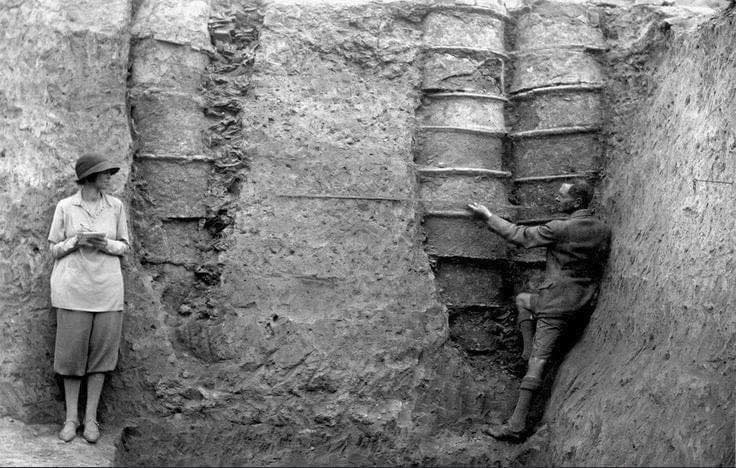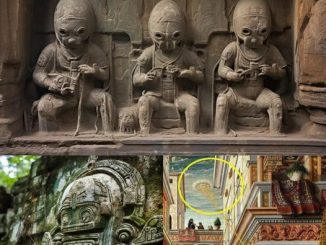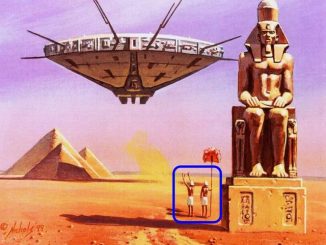Exploring the Legacy of Leonard Woolley and the First Drainage System
In the realm of archaeology, few discoveries rival the significance of the drainage system unearthed by British archaeologist Leonard Woolley and his wife Catherine at the ancient city of Ur in Mesopotamia in 1930. This groundbreaking find sheds light on the ingenuity of ancient civilizations and their mastery of urban planning and infrastructure. Join us as we delve into the story of this pioneering drainage system, its historical context, and the enduring legacy of archaeological exploration.

Leonard Woolley and the Uncovering of Ur’s Ingenious Infrastructure
Leonard Woolley, renowned for his excavations in Mesopotamia, made headlines with his discovery of a sophisticated drainage system at the ancient city of Ur. Dating back to around 4000 BC, this remarkable feat of engineering predates similar systems found in other ancient civilizations, marking Ur as a trailblazer in urban planning and sanitation. Woolley’s meticulous excavation techniques and dedication to uncovering the secrets of the past paved the way for a deeper understanding of ancient Mesopotamian society.
The Significance of Ur’s Drainage System in Ancient Civilization
The drainage system unearthed at Ur represents a significant advancement in urban infrastructure and sanitation practices. Consisting of ceramic pipes laid beneath the city streets, this network effectively managed stormwater runoff and waste disposal, contributing to improved hygiene and public health. The sophistication of Ur’s drainage system underscores the complexity of ancient Mesopotamian society and its ability to innovate in response to the challenges of urban living.
Exploring the Legacy of Archaeological Discoveries
The discovery of Ur’s drainage system highlights the invaluable role of archaeology in uncovering the secrets of the past and illuminating the achievements of ancient civilizations. Through careful excavation and analysis, archaeologists like Leonard Woolley provide a window into the lives, customs, and technologies of our ancestors, enriching our understanding of human history and cultural evolution. By preserving and interpreting archaeological sites and artifacts, we gain insights into the ingenuity and resilience of past societies.
The Meaning and Benefits of Archaeology for Us Today
As we reflect on the significance of archaeological discoveries like Ur’s drainage system, we recognize the broader implications of archaeology for contemporary society. By studying the past, we gain valuable insights into the challenges and solutions faced by ancient civilizations, offering lessons that are relevant to our own modern world. Moreover, archaeology fosters a sense of connection to our shared human heritage, inspiring curiosity, empathy, and appreciation for the diversity of human experience across time and space.
In conclusion, the pioneering drainage system uncovered at Ur by Leonard Woolley stands as a testament to the ingenuity and resourcefulness of ancient Mesopotamian civilization. This remarkable achievement not only revolutionized urban infrastructure but also provides valuable lessons for us today. As we continue to explore the mysteries of the past through archaeology, we are reminded of the profound impact of human innovation and adaptation, and the enduring relevance of ancient wisdom in shaping our contemporary world.
Read more : https://model.icusocial.com/author/bspvt01/?utm_source=KC&utm_medium=H&utm_id=3


